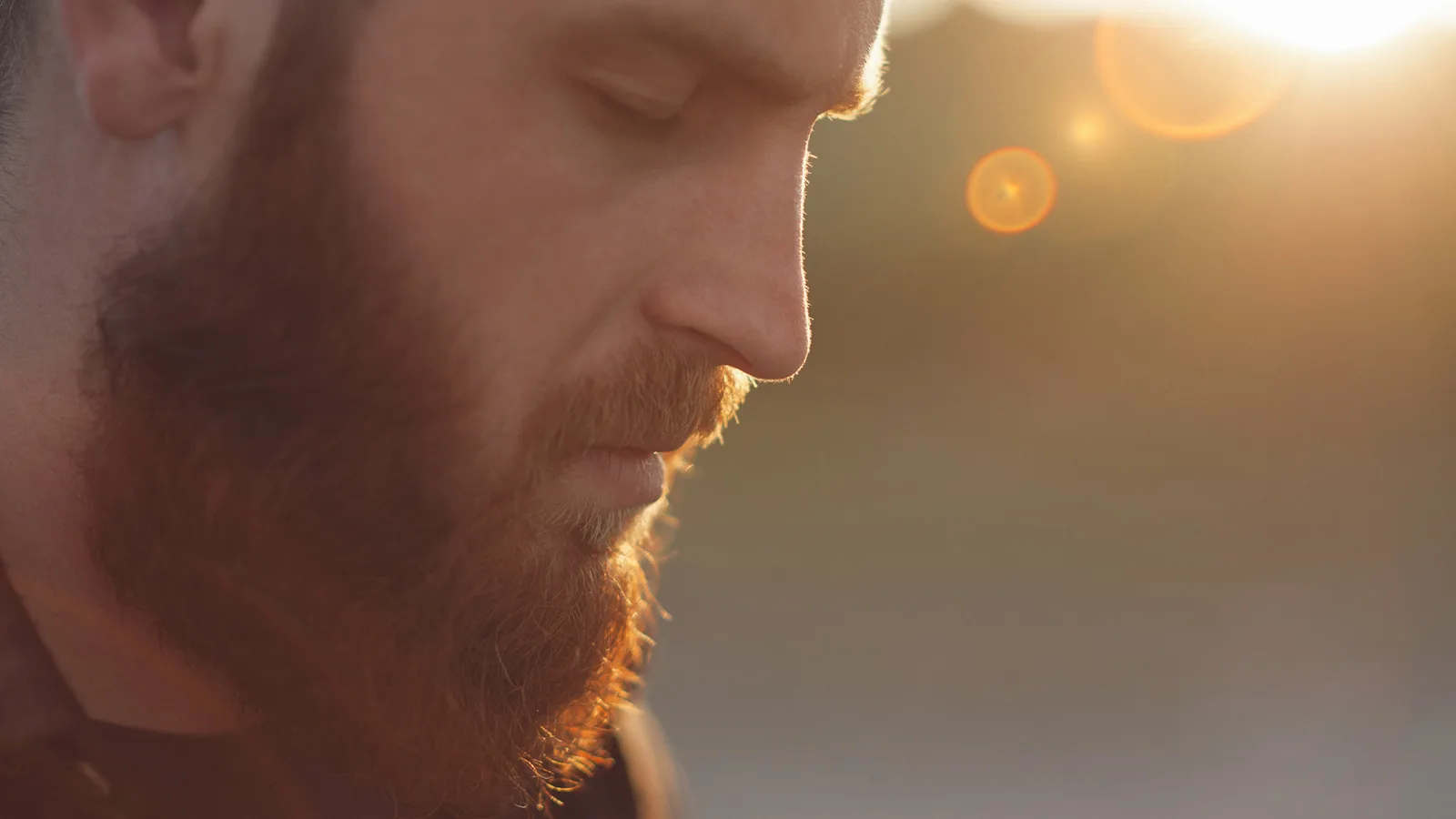 ;
;Introduction to the Chakras
Course Overview
What are the chakras, how do they affect us, and how can we work with them to support our personal growth?
This course by Sandra Anderson will explore how each chakra is connected with our physical, mental, and psychological functioning and our understanding of who we are. You will also learn asana and pranayama practices to unlock, strengthen, and balance the energy at each chakra, as well as how to do a short meditation.
Great Course! I learned so much in two hours. The course was very informative, and Sandra's delivery of the subject was very easy to comprehend. In addition, the practices provided me additional understanding of the intention of each chakras.
— Tammy, Course Participant
You will discover:
Which chakra is the best place to begin working with the physical body and to initiate spiritual practice
How to gain a greater sense of security and stability through yoga practice focused on the root chakra at the base of the spine
Which chakra is considered the seat of our identity and emotions, and which is the seat of the mind
Two pranayama practices that enhance the energy of the higher chakras and prepare the mind for meditation, which leads you to the highest chakra
Certificate of completion
3 CEU’s Upon Completion
Self Paced Learning
Course Outline
Collapse all
How to Get This Course?
To obtain unlimited access to this course on all your devices, along with access to 300+ other yoga course and challenges, and all the content of Yoga International, just create a Yoga International account. The first 7 days are free. Cancel anytime!
Start your free trialMeet Your Teacher
Frequently Asked Questions
Our Customers Love to Practice With Us. We Think You Will Too!
When you sign up for this course you also get:
- 200+additional yoga coursesDeepen your practice
- 3000+yoga practicesAll styles and durations
- 100+yoga challengesGet that extra motivation
- yogic docu-seriesLearn and relax
- 700+meditationsFind your peace
- 100+pranayama practicesGet centered
- Ayurvedic tutorials and recipesGet practical
- Spiritual Teachings LecturesGo deep
- 2700+articlesFull access to our library
- Unlimited access on all your devicesPractice anytime anywhere
Experience the Yoga International difference
We’ve spent the last 30 years becoming an indispensable compendium of yoga practices and resources like no other. Since 1991, Yoga International has been a trusted source leading students to the best yoga classes and teachers in the world so they can experience the transformational health benefits of yoga.
While other platforms have shifted to pilates and fitness focused content, we’ve stayed true to yoga and our mission to help you find the path that works best for you.
